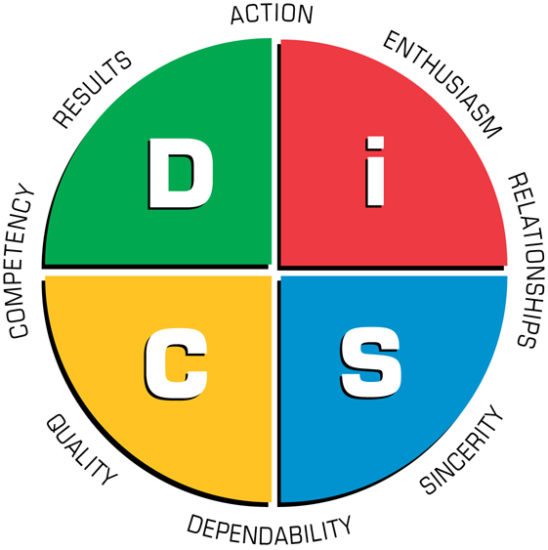There are never enough hours in the day, we get it. We have so much on our plate, it’s almost impossible to accomplish it all in the limited 8-hour work day. Despite all of our to-do lists and the time we’ve allocated to get some stuff done, it always seems like we’re crunched for time.
RealLaunch Relaunches IRR Calculator
As a commercial real estate broker and investor, you know the importance that CRE metrics play in any real estate transaction. Being able to calculate these metrics accurately is just as important as knowing what each one means and the importance they play in evaluating any commercial property. That’s why we’ve recently relaunched our CRE … Read more









